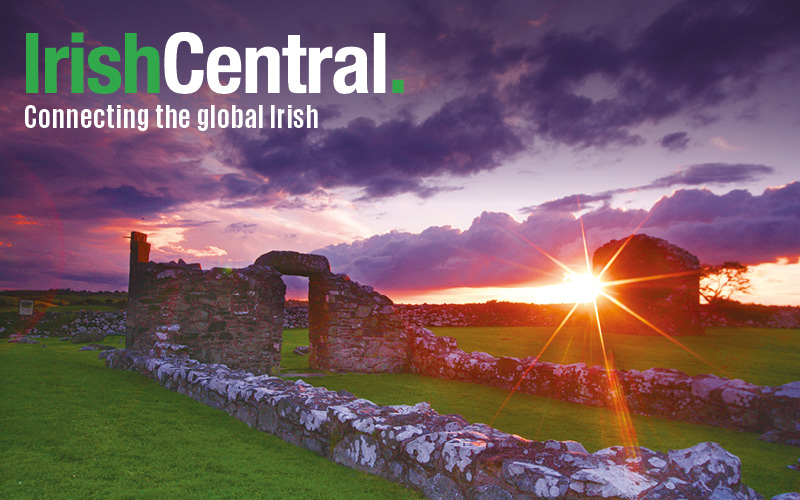A sculpture of nine eagle feathers will be installed in Bailic Park, in Midleton, Co Cork to thank the Choctaw Indians for their kindness and support during the Great Irish Famine.
Despite the oppression faced by the Choctaws in the years preceding the famine, on hearing of the plight and hunger of the Irish people in 1847, they raised $170 to send to the Irish people and ease their suffering. This figure is equivalent to tens of thousands of dollars in today’s currency.
The sculpture, consisting of nine giant, stainless steel eagle feathers, is currently being completed by Cork sculptor Alex Pentek. Speaking to the Irish Examiner, Pentek says, “I wanted to show the courage, fragility and humanity that they displayed in my work.”
The $111,000 (€100,000) sculpture will be officially unveiled in a few months and invitations have been sent by Joe McCarthy, East Cork’s municipal district officer, to Choctaw leaders.
In what is one of the most surprising and generous contributions to Irish famine relief, a group of Choctaw people gathered in Scullyville, Oklahoma, on March 23, 1847 to collect funds for the starving Irish people. They passed money collected onto a U.S. famine relief organization, in an extraordinary act of kindness from those who already had so little.
Just 16 years prior to this collection, the Choctaws were among one of the so-called “civilized tribes”, who were forced off their land by President Andrew Jackson (the son of Irish immigrants) and forced to complete a 500-mile trek to Oklahoma that would become known as the Trail of Tears.
Despite the allegiance shown by the Choctaws to General Jackson during the War of 1812, the Treaty of Dancing Rabbit Creek signed on September 27, 1830, resulted in the Choctaws signing away the remainder of their traditional homelands in Alabama, Mississippi and Florida and undertaking a forced march off the land. Over half the 21,000 Choctaws forced on this march perished on the trail due to malnutrition, disease and exposure. The winter the Choctaws spent on the Trail of Tears was one of the coldest on record and even those who survived the journey to Oklahoma faced further hardships in creating new communities for themselves, along with new homes, schools, and churches.
It is this terrible journey that inspired Pentak for his creation, “To see members of your family drop to the side of the road and to be powerless. To change that course of history. That stirred my imagination.”
The Choctaws themselves felt an affinity with the Irish people because of this hardship and, on hearing of their suffering, they wished to contribute. Both were communities who had fallen foul of the conquests of others which had in turn led to loss of property, forced migration and exile, mass starvation, and cultural suppression (most notably language).
This is not the first time that the Choctaw nation has been honored in Ireland. In 1990, Choctaw leaders traveled to County Mayo to take part in a reenactment of the desperate walk undertaken by locals to their landlord in 1848. The gesture was returned in 1992, when Irish commemoration leaders took part in a 500 mile trek from Oklahoma to Mississippi. Former Irish President Mary Robinson has also been named an honorary Choctaw chief.
A plaque acknowledging the contribution of the Choctaw people to the one million Irish people starving during Black ‘47 , the worst year of the famine, is mounted in Dublin’s Mansion House and reads, "Their humanity calls us to remember the millions of human beings throughout our world today who die of hunger and hunger-related illness in a world of plenty."




Comments